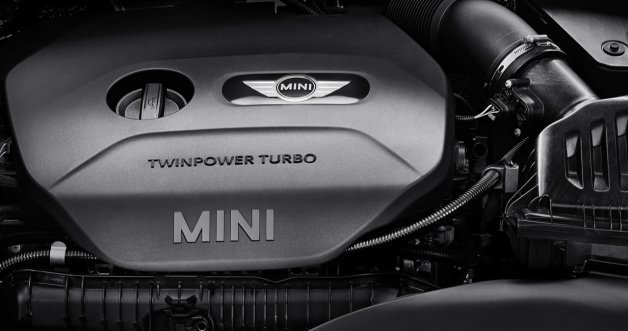Mini Announces Thoroughly Modern Engines and Chassis for 2014 Cooper

The base engine produces 134 horsepower and 162 pound-feet of torque, the plateau of which is reached at just 1,250 rpm. An overboost function allows up to 170 lb-ft for short bursts. The four-banger produces 189 horsepower and 207 lb-ft of torque (221 lb-ft with overboost). These power figures come thanks to MINI's TwinPower turbocharging and direct injection, technologies that are borrowed from Mini's parent company, BMW. In case you forgot, this is actually the first engine used by Mini sourced from BMW. The first of the reborn Cooper models was powered by a joint-venture engine with Chrysler. The second-generation uses an engine from Peugeot.
A higher-performing package will, of course, accompany the John Cooper Works edition that we're certain will be coming shortly after the new Cooper launches in Spring 2014.
Mini has chosen to hook its new engines to six-speed transmissions, which, contrary to the trend of adding more gears for more efficiency, is the same number of ratios found in the current Cooper. Stop-start will be standard as well. Cooper models equipped with navigation, meanwhile, will get new technology from BMW that can anticipate upcoming downshifts, such as when approaching an intersection or sharp turn.
The new Mini platform benefits from lightweight technologies shared with BMW's new i-series, and it will also be shared by the forthcoming 1 Series GT that was previewed by the Concept Active Tourer. It is the smallest platform in the BMW family. This Mini Cooper, codenamed F56, is the third modern Mini since the first debuted at the Paris Motor Show in 2000.
While this latest Mini design looks to be more evolutionary than revolutionary, perhaps that shouldn't be a surprise. One of the reasons Mini has been able to go seven years in between dances – long by today's standards – is that it is unique in the marketplace and loved by people who don't want it to change much. Also, Mini has certainly kept the showroom fresh with a Paceman, Countryman, Coupe and Roadster.
Related News


